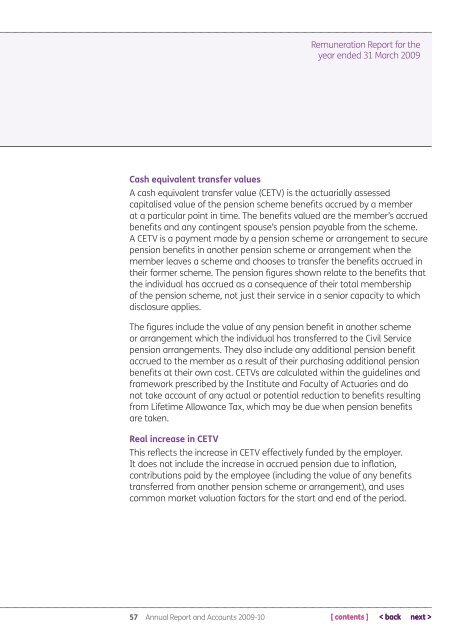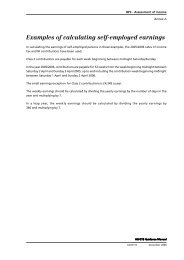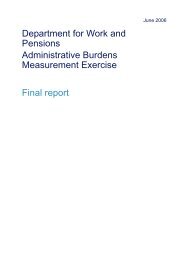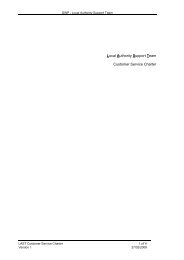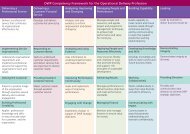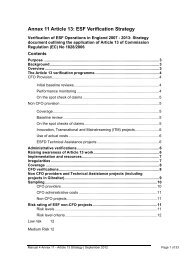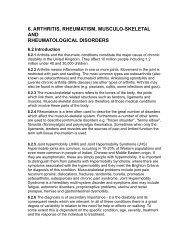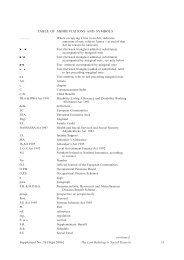Annual Report and Accounts 2009-10 - Welfare Reform impact ...
Annual Report and Accounts 2009-10 - Welfare Reform impact ...
Annual Report and Accounts 2009-10 - Welfare Reform impact ...
Create successful ePaper yourself
Turn your PDF publications into a flip-book with our unique Google optimized e-Paper software.
Remuneration <strong>Report</strong> for the<br />
year ended 31 March <strong>2009</strong><br />
Cash equivalent transfer values<br />
A cash equivalent transfer value (CETV) is the actuarially assessed<br />
capitalised value of the pension scheme benefits accrued by a member<br />
at a particular point in time. The benefits valued are the member’s accrued<br />
benefits <strong>and</strong> any contingent spouse’s pension payable from the scheme.<br />
A CETV is a payment made by a pension scheme or arrangement to secure<br />
pension benefits in another pension scheme or arrangement when the<br />
member leaves a scheme <strong>and</strong> chooses to transfer the benefits accrued in<br />
their former scheme. The pension figures shown relate to the benefits that<br />
the individual has accrued as a consequence of their total membership<br />
of the pension scheme, not just their service in a senior capacity to which<br />
disclosure applies.<br />
The figures include the value of any pension benefit in another scheme<br />
or arrangement which the individual has transferred to the Civil Service<br />
pension arrangements. They also include any additional pension benefit<br />
accrued to the member as a result of their purchasing additional pension<br />
benefits at their own cost. CETVs are calculated within the guidelines <strong>and</strong><br />
framework prescribed by the Institute <strong>and</strong> Faculty of Actuaries <strong>and</strong> do<br />
not take account of any actual or potential reduction to benefits resulting<br />
from Lifetime Allowance Tax, which may be due when pension benefits<br />
are taken.<br />
Real increase in CETV<br />
This reflects the increase in CETV effectively funded by the employer.<br />
It does not include the increase in accrued pension due to inflation,<br />
contributions paid by the employee (including the value of any benefits<br />
transferred from another pension scheme or arrangement), <strong>and</strong> uses<br />
common market valuation factors for the start <strong>and</strong> end of the period.<br />
57 <strong>Annual</strong> <strong>Report</strong> <strong>and</strong> <strong>Accounts</strong> <strong>2009</strong>-<strong>10</strong>


